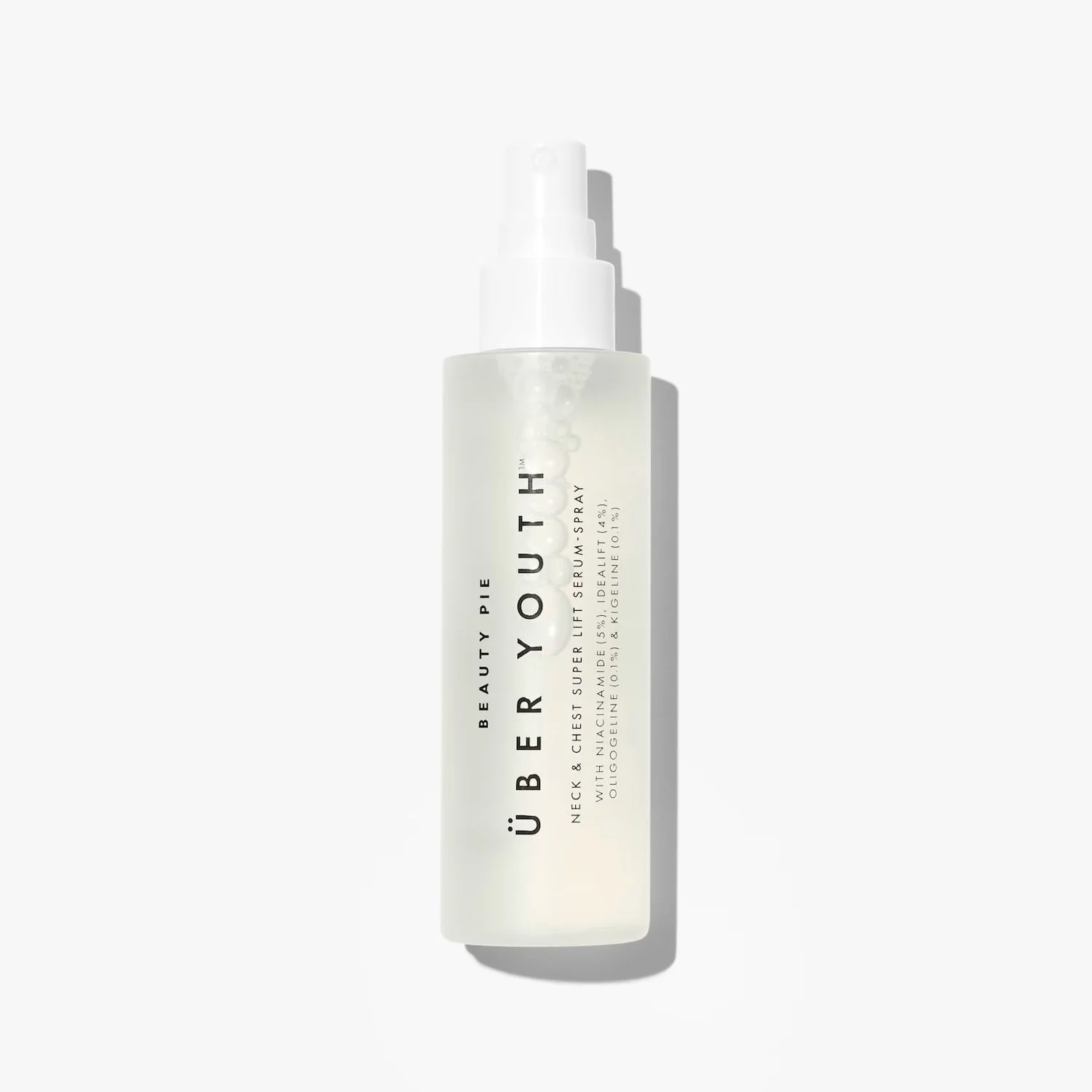The Definitive Guide To Every Confusing “Healthy” Cooking Oil
by Libby Thompson
The landscape of nutritional advice is ever-changing, and nearly impossible to keep up with.
And few categories of nutritional advice are more bewildering than cooking oils. Who amongst us doesn’t have a vast array of oils in our pantry, half-used and then retired after an article breaks declaring our new, favorite oil to be a recipe for premature death?
So where does the nutritional advice, plagued by bandwagoning and half-baked science, meet the truth? And which oils will actually make us healthier?
Here’s a handy guide.
A few terms.
Before we dive in, let’s make sure we’re on the same page about a few terms.
HDL: HDL is the “good” kind of cholesterol. As our HDL levels come up, our heart disease risk drops, because HDL helps sweep the bloodstream of other forms of cholesterol. So, this cholesterol is good because it helps you get rid of cholesterol. Not confusing at all!
LDL: the bad kind of cholesterol. Like all cholesterol, it lives in your bloodstream. But this type can cause clots or clog up passageways, sometimes leading to heart attack or stroke. That’s why it helps to have higher HDL, which works to clear out those blockages.
Free radicals: Impossible to avoid and almost as difficult to understand, free radicals occur in our bodies and environments no matter what we do, but an abundance of them can become dangerous. Free radicals can damage cells and lead to cancer if left unchecked. When oils reach their smoke point or have been open too long, they begin to produce free radicals, which isn’t great.
Smoke point: the temperature at which an oil begins burning and producing smoke and free radicals. An oil’s smoke point will dictate what its best use is.
Monounsaturated, polyunsaturated, and saturated fats: Spoiler alert — they’re all fats. All of these will add to our waistlines in the same calorie-dense way. But that doesn’t mean they’re all equally healthy. Unsaturated fats, like polyunsaturated and monounsaturated fats, contain HDL, the good cholesterol, so they’re much better for heart health than saturated fats. They are not only heart-healthier than saturated or trans fats, they’re even essential — the body can’t produce them, but needs them for important functions like muscle movement and blood clotting.
Now that we’re on the same page, are we ready to start dousing our food (and ourselves) in the healthiest oils on God’s green earth?
The Good
The “good” oils are those that are least likely to release free radicals and offer plenty of healthy fats. Plus, these options also taste great.
Avocado
Avocado oil is a top pick amongst health experts because it increases HDL, contains high amounts of healthy monounsaturated fats, and isn’t refined. When oils are chemically refined, they end up stripped of most of their health benefits. Avocado oil is also packed with essential polyunsaturated fatty acids and vitamin E.
We’re looking at a pretty low risk of free radicals with avocado oil because its smoke point is extremely high at 520°F. Use it for searing, browning, or frying and enjoy the subtle yet creamy flavor.
The only downside of avocado oil is that it’s generally more expensive than other oils.
Here are the stats, per tablespoon:
1.6g saturated fat
1.9g polyunsaturated fat
10g monounsaturated fat
Olive
There’s a reason olive oil is the gold standard of cooking oils. Olive oil lowers LDL and increases HDL, making it a heart-healthy option lauded in the Mediterranean diet for its age-defying powers. Packing plenty of monounsaturated fats and providing a great source of antioxidants, olive oil is also a great source of hydroxytyrosol, which protects the skin and body.
All olive oils offer those benefits, but there are still quite a few variations to consider. Lighter, more refined olive oils are great for all-purpose cooking since they have a higher smoke point (in the 400-420°F range). Extra virgin olive oil comes with its own nutritional benefits like lots of omega 9, but with a lower smoke point around 320°F, it’s best suited for sautéing and drizzling.
Per tablespoon:
1.9g saturated fat
1.4g polyunsaturated fat
10g monounsaturated fat
The Fine
These options certainly have their purpose, and they’re not harmful when used in moderation, but they don’t offer quite as many benefits as the “good” ones.
Sunflower
Sunflower oil is actually higher than avocado in polyunsaturated fats, with little saturated fat. Similar to avocado oil, sunflower oil offers a healthy dose of vitamin E.
Its smoke point is still quite high at 440°F, so it’s great for browning, searing and frying. Look for high oleic versions of sunflower oil as they’re higher in monounsaturated fats.
But, the downside of sunflower oil? It’s a bit high in inflammation-causing omega 6. However, those damaging effects can be balanced out as long as there’s a healthy amount of omega 3 in the diet as well.
Per tablespoon:
1.8g saturated fat
5g polyunsaturated fat
6g monounsaturated fat
Sesame
Can we just stop for a second and appreciate how staggeringly delicious sesame oil is? It brings a cheffy, depth of flavor to chicken, veg, noodles, and makes any salad dressing 47% better.
Unrefined sesame oil is the most common, which is great if you’re looking to avoid chemically processed products. With a medium smoke point of 350°F, it’s best for sauces, light sautéing, and low-heat baking. But you’ve got to store this one in the fridge!
Sesame oil offers a balanced fat profile with lots of essential polyunsaturated fats and very low saturated fat.
Per tablespoon:
1.9g saturated
6g polyunsaturated
5g monounsaturated
The Nuanced
Ok, so there’s nothing controversial about touting the health benefits of olive oil. But not all oils are so cut and dry.
Different nutrients and fat levels vary in importance depending on an individual’s diet and health, and some health benefits are still being researched, meaning that for some oils, there’s a big, fat question mark. Like…
Coconut
Perhaps one of the trendiest oils, and also one of the most controversial. Almost as quickly as it became THE cooking oil du jour amongst the local and organic crowd, it found itself being trashed in some very prominent articles for being “pure poison.”
So which is it? Well, a bit of both. Coconut oil offers some important benefits, but it isn’t without its risks.
First, let’s discuss the risks: heart health & cholesterol.
Some people believe that coconut oil raises HDL cholesterol, but there aren’t conclusive findings on that yet. What we do know is that coconut oil is very high in saturated fats. It’s 50% higher than butter!
If you’re keeping an eye on your heart health or have issues with cholesterol, maybe skip the coconut oil for now.
And here’s where things get more controversial; the American Heart Association published a peer-reviewed study concluding that coconut oil offers no significant benefits compared to other vegetable oils, and high consumption of it is discouraged in various medical publications since its high levels of saturated fat can increase the risk of cardiovascular disease. Eek!
But, what about the perks? Here are the possible health benefits & cosmetic uses.
There are plenty of possible health benefits of coconut oil that are still being extensively studied.
But, if you’re not worried about your cholesterol, extra-virgin cold-pressed coconut oil has some potential benefits, like:
Antimicrobial effects
Possible increase of HDL (good cholesterol)
Anti-inflammatory properties
Medium chain triglycerides (MCTs), which are a quick source of energy and even improve brain function, trim belly fat, and lessen appetite.
The catch with MCTs: while coconut oil is a primary source of MCTs, it’s not considered an MCT oil. You can buy pure MCT oil, which generally comes from coconut oil, and consume it in coffee, smoothies, or dressings (its smoke point is very low, and it’s flavorless) to enjoy the benefits without any of coconut oil’s risky fat levels.
Coconut oil also comes in handy for topical use aimed at improving hair and skin health. Plus, it IS beloved by Lizzo, who literally dedicated a whole song to coconut oil, which is a bop.
The Highly Processed
The highly processed nature of refined oils means they don’t offer much in terms of health benefits.
With highly processed oils, you also run the risk of consuming additives and toxic byproducts. If you do have a specific use for one of these oils, take note of omega 6 and trans fat levels in the variety you choose.
Peanut
No other oil offers the nutty, rich flavor you get with peanut oil, which makes it great for cooking dishes with a certain flavor profile. With a medium-high smoke point (440°F), it’s great for stir-frying. Health-wise, it offers some monounsaturated fats.
However, peanut oil is a bit higher in saturated fat than plant-based oils, and it’s chemically processed. It’s also high in that pesky, controversial omega 6. When coupled with under-consuming omega 3s, over-consuming omega 6s can lead to heart disease, type 2 diabetes, and inflammation. Using a dash of peanut oil when your recipe calls for it in an epic stir-fry is probably fine, it’s just not our go-to health standard.
Per tablespoon:
2.3g saturated
4.3g polyunsaturated
6g monounsaturated
Vegetable
Vegetable oil, while common, is a tough one to pin down because it’s used to refer to any mix of vegetable-derived oils. It’s generally a combination of soybean, corn, canola and other vegetable bases. Since it’s so variable, choosing a good brand might require a bit more research.
People love frying, roasting and baking with vegetable oils because most of them flaunt a nice high smoke point, plus they offer plenty of monounsaturated fats. The amount of processing for most vegetable oils doesn’t inspire much confidence nutrient-wise, though.
Per tablespoon:
2g saturated
4.6g polyunsaturated
7g monounsaturated
Canola
Canola oil, like sunflower, packs a bit too much omega 6 for some health experts to feel comfortable with it. Again, with some intentionality in the diet and a balance of omega 3, this isn’t necessarily an issue.
Almost as high in polyunsaturated fats as sunflower oil, Canola oil also offers some benefits, but is too highly processed to offer most of the health perks that come from cooking with unrefined oils. It also has trans fat, which raise LDL levels and can increase risk of stroke and heart attack. That said, it’s still pretty low in saturated fat and offers some heart-healthy monounsaturated fats to boot.
At 400°F, the smoke point of canola oil leaves plenty of room for roasting, baking, and stir frying. Since it doesn’t have much flavor, it’s not great in dressings, but the true flavor of your food will shine through unimpeded when you choose it to cook with.
Per tablespoon:
1.1g saturated
3.6g polyunsaturated
8g monounsaturated
0.2g trans fats
Some Best Cooking Oil Practices
Once you take the fat stats, health benefits, and your personal tastes into account, hopefully you’ll be left with a satisfying assortment of delicious and beneficial oils to choose from.
Regardless of type, all oils should be consumed fresh, 30-60 days after opening, to avoid any free radicals developing.
Bone apple teeth!









